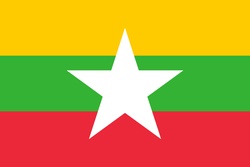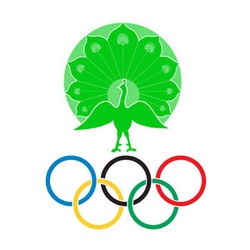Similar to many other countries, Football is the most famous and popular sport in Myanmar. Everybody likes to play football and everybody loves to watch the football games and competitions.
The level and position of the Myanmar National Football Team was at the top in the Southeast Asian Peninsular Games in the year 1960s and 1970s, with the achievements of 5 times consecutive champions in the SEAP Games during those periods, and also the Asian Champions in the 1966, 5th Asian Games (Thailand) and in the 1970, 6th Asian Games (Thailand), which qualified for the 1972 Munich Olympic Games and participated in the Olympic Football Competitions.
Besides Football, other sports like Athletics, Weightlifting, Sepaktakraw, Traditional Boat Race, Canoe/ Kayak, Rowing, Wushu, Shooting, Boxing, Volleyball etc. are also famous and popular sports which are practiced by many of the young athletes.
Myanmar traditional sports include Chinlon or Caneball, Boxing, Wrestling (Kyin Wrestling played by Rakhine ethnics group and Chin Wrestling played by Chin ethnics group), Tug of War and Kiting.




